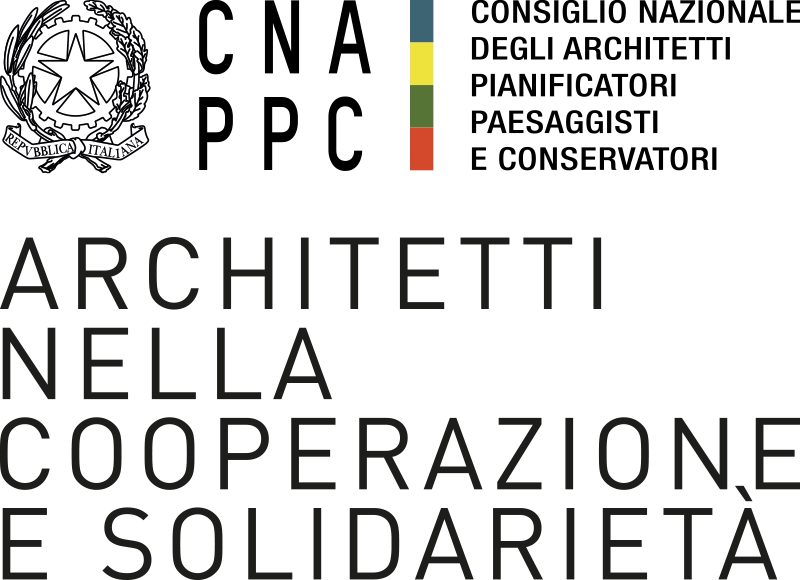
“Building for many with only a little is possible” Shigeru Ban
The guiding light of this discipline is the Egyptian architect Hassan Fathy. He worked his entire life to design housing for poor people in developing countries, at the lowest possible cost, to improve the economy and living conditions in rural areas.
His book, Architecture for the poor, contributed to concretizing this idealistic goal by combining participatory design and the rediscovery of traditional materials and methods.
Three of the last four Pritzker prizes, the most coveted international architecture award, were assigned to architects firmly committed to working in the social and humanitarian sector: Shigeru Ban, Balkrishna Doshi, Alejandro Aravena and Diébédo Francis Kéré.
But in addition to these “archistars”, true humanitarian architecture has always been the fruit of the efforts of a large number of architects “of the poor”, who do not make the headlines and who combine the art of simple construction with the principle of solidarity.
The other side of architecture proposes innovation and empathy not limited by the logic of profit, but used to address humanitarian needs.
The experience has extensive reach in Central and South America: Los viviendistas, the CYTED, Victor Pelli, Carlos Gonzalez Lobo, the “favela bairro” project in Brazil.
In Italy, the forefathers are indubitably the historic NGOs, like Africa ’70, and the architect Fabrizio Carola, who recently passed. He was active in Africa, won the 2008 Global Award for Sustainable Architecture in Paris and in 2011 the Vassilis Sgoutas prize, awarded by the International Union of Architects (UIA) to designers working on projects in conditions of scarcity and intended to improve the quality of life of the most disadvantaged communities while working in accordance with the principles of sustainability.
Today, a handful of top level architects, in terms of both social commitment and quality of design, give Italy a privileged position and tenaciously carry out what is still, unfortunately, only a small part of the work done every day in the context of the large projects managed by the Agencies.

